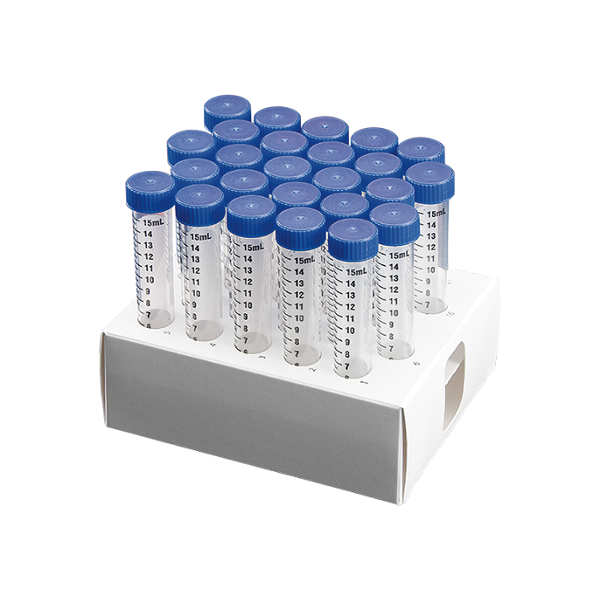There are a few key reasons why ECG electrodes are placed in specific locations:
– To record electrical activity from different angles/perspectives of the heart: The limb leads to form an equilateral triangle (Einthoven’s triangle) to get a view of the heart’s electrical impulse from three directions. The precordial leads (V1-V6) record views from different angles on the chest.
– For consistent reproduction: Having standardized placements allows ECG results to be compared reliably between different people and recordings.
– Based on cardiac anatomy: The precordial lead placements align with the anatomical projection of the heart and major vessels onto the chest wall. This allows each lead to best record the section of the heart closest to it.
– For signal quality: The limbs are used since they are furthest from the heart, producing higher voltage signals. Bony areas like ankles and wrists give better signal conduction. Upper arms/legs are preferred to avoid muscle interference.
– For convenience/access: The arms and legs are easy to get to and expose for attaching electrodes. The chest is also accessible for precordial lead placement.
So in summary, the electrode sites are strategically chosen to obtain electrical recordings that provide a comprehensive picture of cardiac activity from different perspectives.


